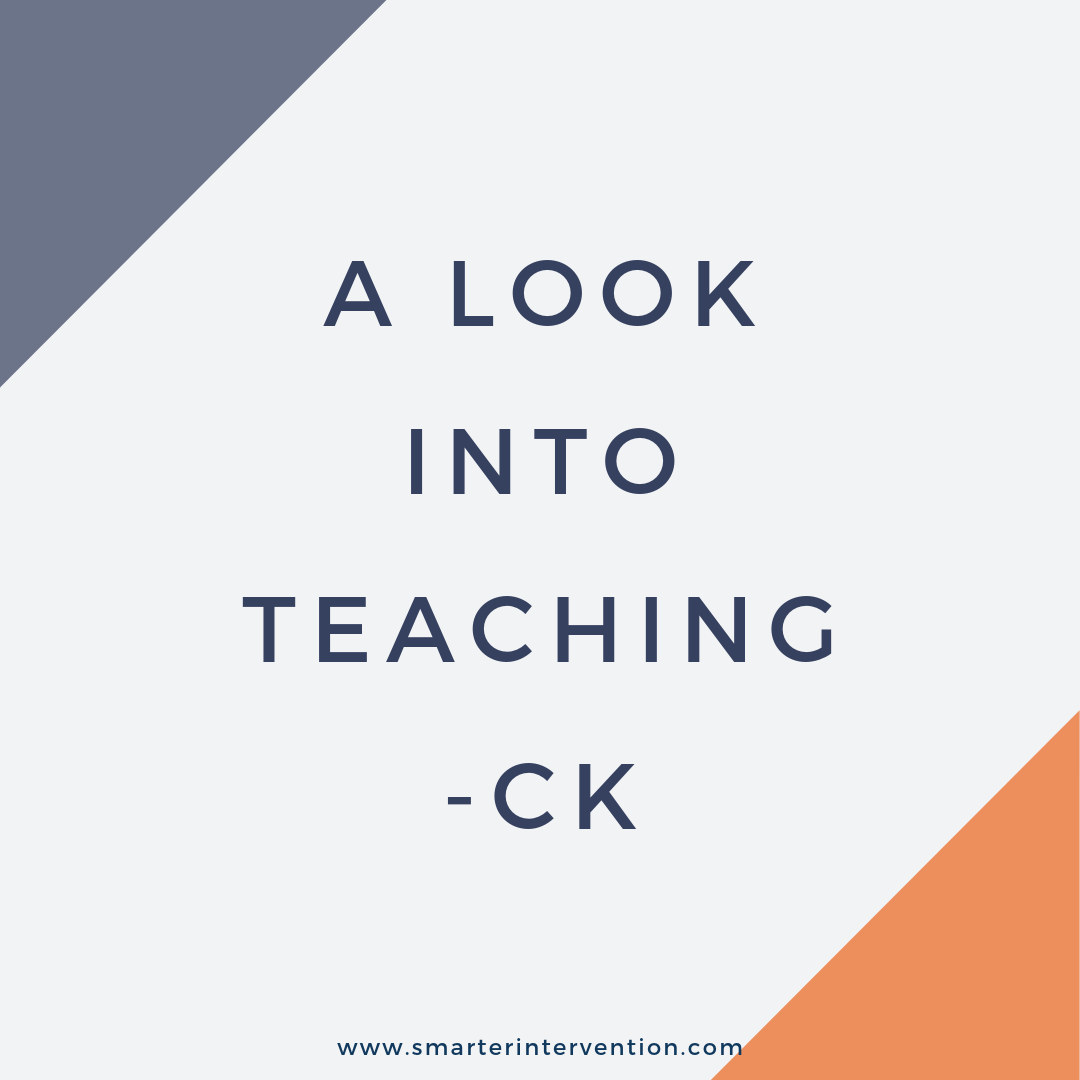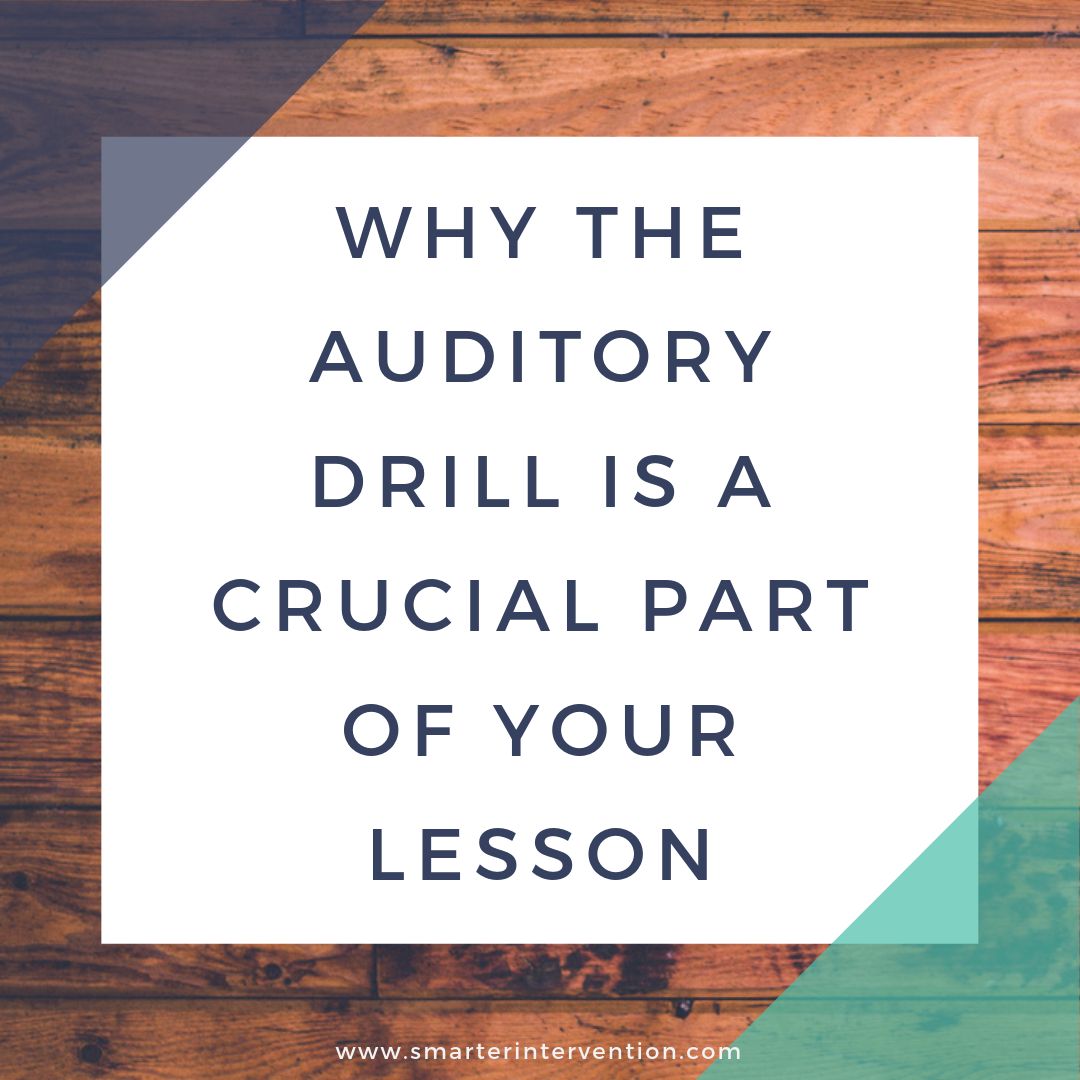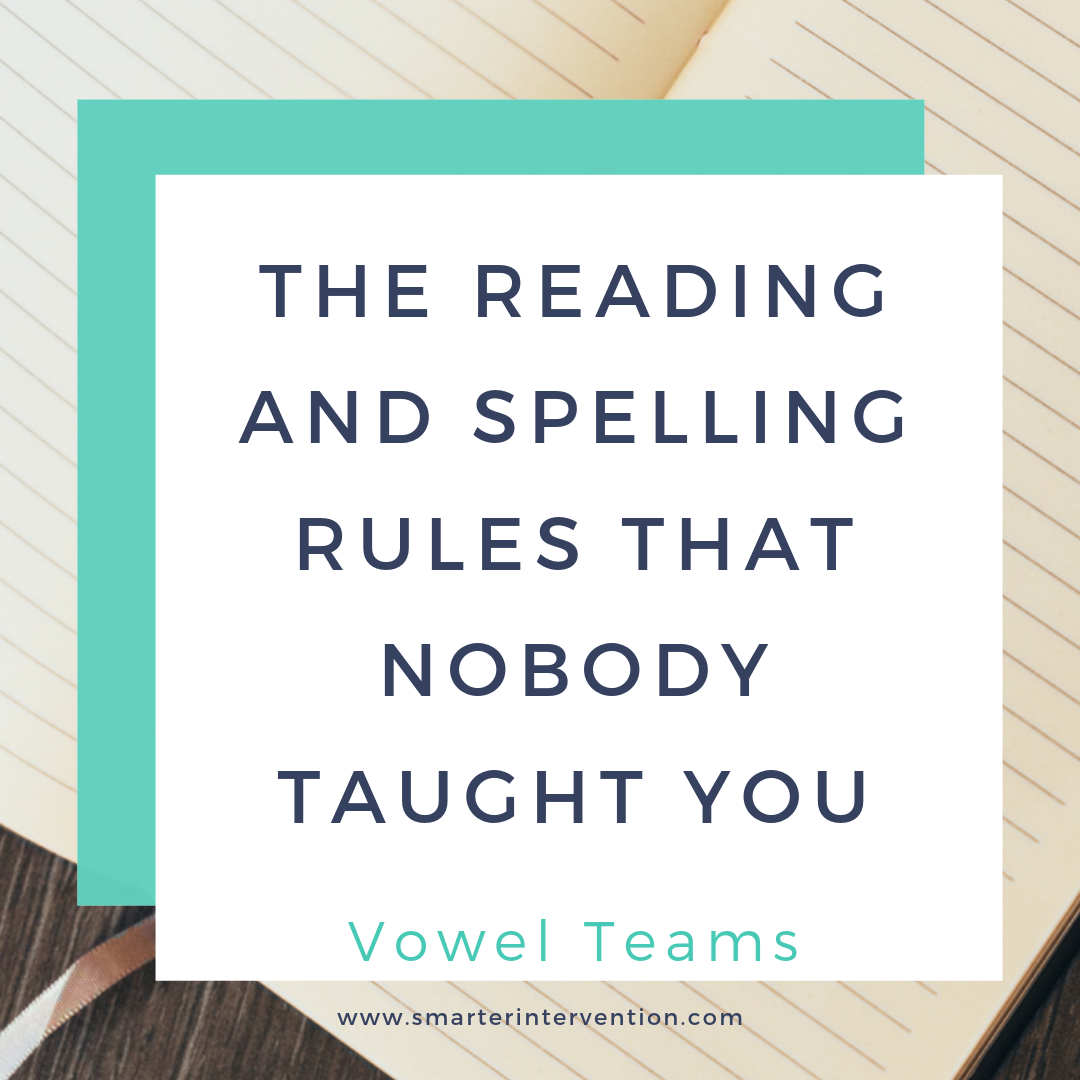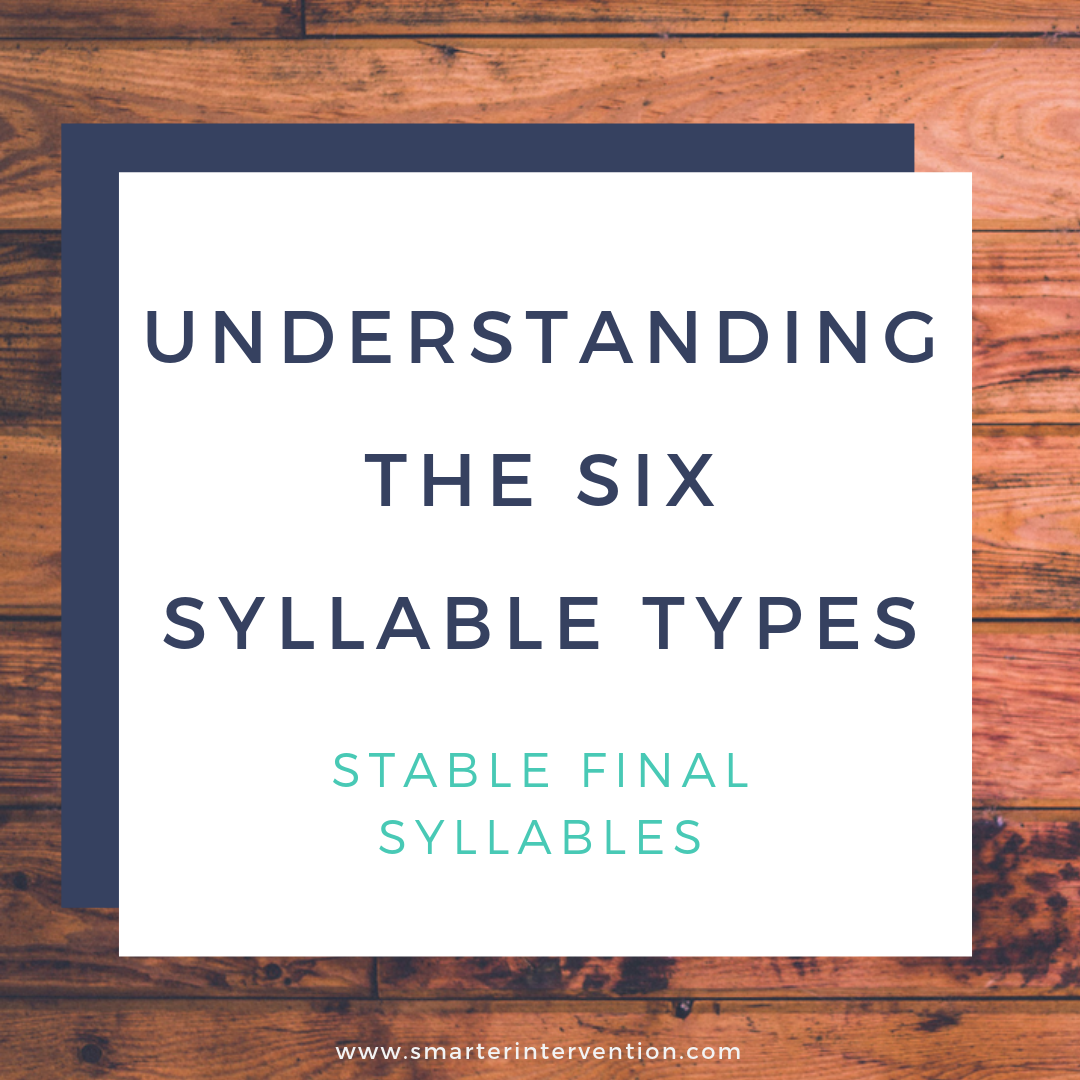Science-based literacy resources and articles
for families, educators and schools
Search by Category:
Categories
- Advocacy
- Business
- Comprehension
- Data Tracking
- Differentiation
- Dyslexia
- Evaluation and Assessment
- Executive Functioning
- Games & Activities
- Helping My Child At Home
- IEP/504 Plan
- Lesson Planning
- Math
- Online Intervention
- Organization
- Parents
- Phonics
- Phonological Awareness
- Reading Fluency
- Research
- SLP
- Spelling
- Vocabulary
- Writing
How to Teach the oa/oe Spelling Rule
Vowel teams can be tricky for students, but we have found that teaching them in this way has made a massive difference. Keep reading for ideas for teaching the OA/OE vowel teams!
How to Teach the ee/ey Spelling Rule
With so many ways to get long E sound, we wanted to show you how we teach the ‘ee’ and ‘ey’ vowel teams. Open to read about our approach and grab our ee/ey center activities.
How to Teach the ai/ay Spelling Rule
Both “ai” and “ay” say the long A sound. We use “ai” in the middle of the word (think rain, pail, train, mail) and “ay” at the end of the word (play, stay, day, May).
A Look into Teaching -ck
Reading intervention for struggling readers, such as those with dyslexia or other reading disabilities needs to be systematic, sequential, cumulative, targeted, research-based…the list goes on and on. But how do you come up with a lesson plan that has reading and spelling activities that hits on all of these targets for your struggling readers? Well look no further, we are giving you behind the scenes access to our comprehensive lesson plans that leave nothing out for your struggling readers so that they can get to grade level once and for all and you can stop spending all your time planning.
Why the Auditory Drill is a Crucial Part of your Lesson
So often, I meet or talk to an interventionist who is leaving out one of the most critical parts of their lesson. Usually, it is because it only takes a few minutes, is similar to other pieces of the lesson, and just gets overlooked. This is doing such a disservice to our students, because without this crucial aspect, their reading intervention is not building a strong enough foundation. This critical piece is the Auditory Drill.
Consonant LE Syllables - The Reading and Spelling Rules No One Ever Taught You
Here we are with our last syllable type! If you’ve been with us since the beginning of this series you’re all caught up on the crazy reading and spelling rules you may have never heard of - we certainly hadn’t. If you missed learning about all the spelling rules with the other syllable types - go back and check them out!
Vowel Teams - The Reading & Spelling Rules That Nobody Taught You
Thanks for sticking with us and our series of The Reading & Spelling Rules Nobody Ever Taught You. The fifth syllable type teach our students is Vowel Teams. This is when two vowels stick together to make one sound. Think of the vowel sounds in words like rain, play, green, key, goat, boil, etc. Vowel teams can be kind of tricky so click through to read more and grab our Anchor Chart Worksheets!
Open Syllables - The Reading and Spelling Rules That Nobody Taught You
Welcome to week 4 in our series of The Reading & Spelling Rules That Nobody Taught You. In this post, we are going to talk about the fourth syllable type we teach to our students, Open Syllables.
The Open Syllable is the opposite of a Closed Syllable. In an open syllable, you have a vowel left alone at the end of the syllable. Our students like to remember that when nothing is behind the vowel, it can go for a looooong run and say its loooooong sound.
Bossy R Syllables - The Reading and Spelling Rules That Nobody Taught You
So we’ve been talking all about the reading and spelling rules that were brand new to us when we began to learn about Structured Literacy and the “science” behind the English language. Today, we are going to talk a little about the “Bossy-R” or the R-controlled syllable type. This one is a challenge!!!
Magic E Syllables - The Reading and Spelling Rules That Nobody Taught You
The second syllable type we teach students is our VCE (Vowel Consonant E) Syllable Type. Perhaps, if I told you it was also called the Magic E Syllable, it would sound familiar? Click through to read about VCE syllables and all of the rules we teach within this syllable type!
Closed Syllables - The Reading and Spelling Rules That Nobody Taught You
Closed Syllables are the first of the syllable types that we teach to our students. Within this syllable type we cover the -ck, FLOSS, -tch, and -dge phonograms as well as the 1-1-1 doubling rule. Do you know all of these rules? Click through to find out!
3 Tips For Teaching Your Child The Alphabet At Home
If you have a Pre-School or Kindergarten aged child, then you are aware that a large part of their reading readiness instruction at school is focused on the alphabet. The alphabetic principle is one of the first, and most important, skills a student needs to learn in order to be a successful reader.
The alphabetic principle means developing the understanding that letters are symbols that have a specific sound or sounds.
The Secret You Need To Know Before Teaching Your Child The Alphabet
Unveil the secret to teaching the alphabet effectively! Discover how to connect letters to sounds, foster phonemic awareness, and enhance literacy skills. Explore hands-on activities and strategies for early literacy success.
Syllable Division Strategies
Master syllable division strategies for decoding multisyllabic words! Learn essential rules like Rabbit, Reptile, Tiger, Camel, and Hornet divisions. Decode with confidence and enhance reading skills.
Understanding the Six Syllable Types - Stable Final Syllables
Unlock the mystery of Stable Final Syllables (C-L-E)! Discover how to teach the Turtle Rule, spot Consonant-le words, and reinforce learning with engaging resources. Explore more on the six syllable types and find effective teaching strategies.
Understanding the Six Syllable Types - Vowel Teams
Discover the science behind teaching the six syllable types for effective literacy instruction! Dive into our blog and demystify the process of teaching each type, from closed to stable final syllables. Learn strategies, explore resources, and elevate your reading instruction now!
How to Teach Red Words
What on earth are Red Words anyway? Sight words? High-frequency words?
For us, Red Words are phonetically irregular words. They are quite simply words that can't be sounded out. If you sound them out they come out all wrong. "Was" for example is a Red Word. If we sounded this word out based on syllable type (extra points for you if you knew it would be a closed syllable) you would get /w/ /a/ /s/ which would rhyme with gas. Makes sense right? But instead, we get a lazy/schwa vowel in there and get a short /u/ sound. So we just have to memorize these words for both reading and spelling.
Understanding the Six Syllable Types - Open Syllables
Unravel the secrets of Open Syllables in our latest blog! Understand why teaching syllable types is crucial for reading and spelling mastery. Discover the significance of Open Syllables and how to teach them effectively. Dive into practical tips and activities for both in-person and virtual instruction. Empower your students with the tools they need to decode and spell with confidence!



















